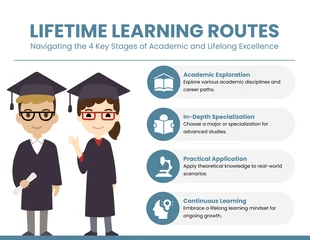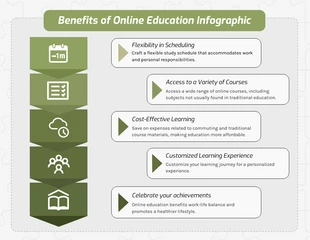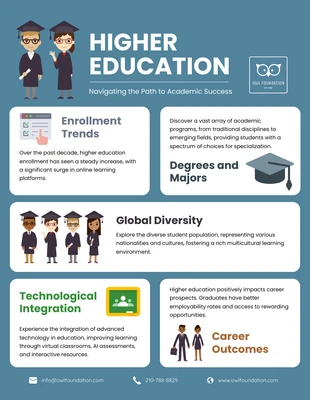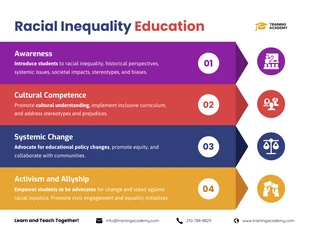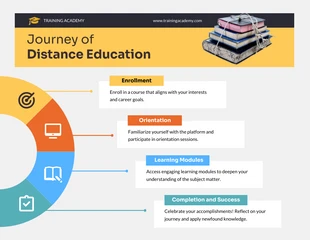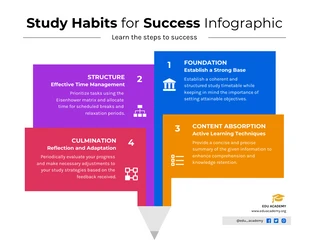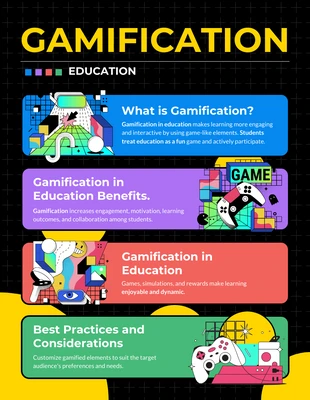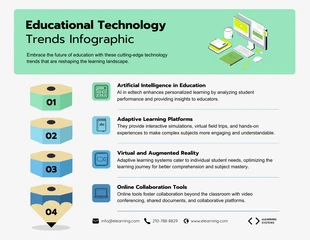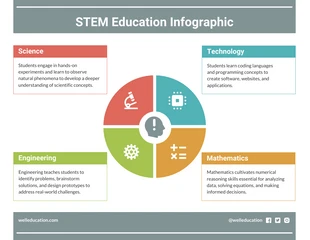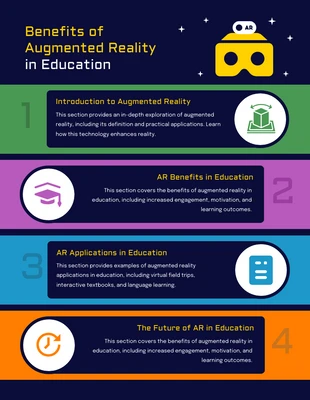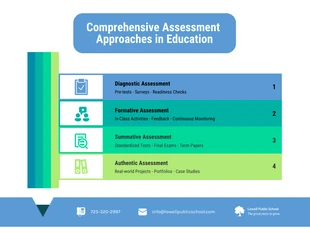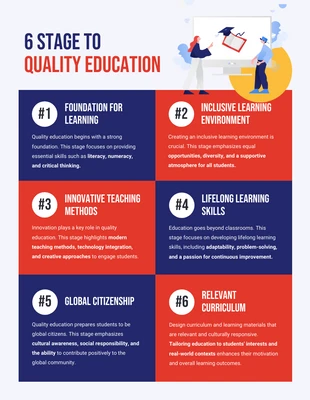Education Infographics Templates
Elevate learning with our education infographics templates, where facts meet fun in visual harmony!
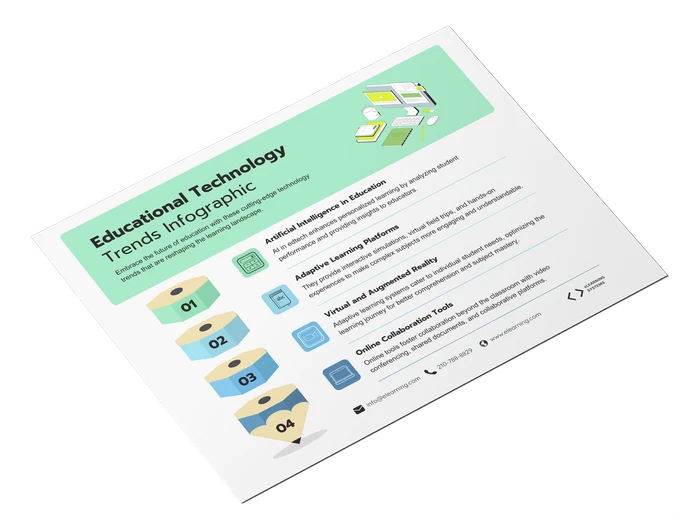
Filter by
education infographics
education infographics
education infographics
education infographics
education infographics
education infographics
education infographics
education infographics
education infographics
education infographics
education infographics
education infographics
education infographics
education infographics
education infographics
education infographics
education infographics
education infographics
education infographics
education infographics
Popular template categories
- Brochures
- Mind maps
- Posters
- Presentations
- Flyers
- Diagrams
- Reports
- White papers
- Charts
- Resumes
- Roadmaps
- Letterheads
- Proposals
- Plans
- Newsletters
- Checklist
- Business cards
- Schedules
- Education
- Human resources
- Ebooks
- Banners
- Certificates
- Collages
- Invitations
- Cards
- Postcards
- Coupons
- Social media
- Logos
- Menus
- Letters
- Planners
- Table of contents
- Magazine covers
- Catalogs
- Forms
- Price lists
- Invoices
- Estimates
- Contracts
- Album covers
- Book covers
- Labels
- See All Templates



